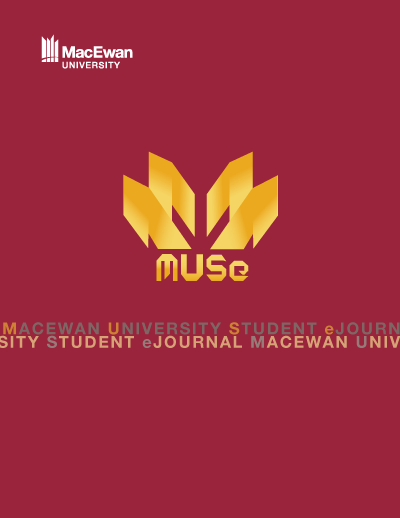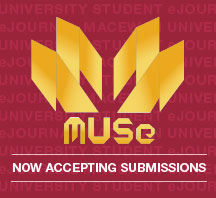CRISPR: A Revolutionary Technique... For Humans?
DOI:
https://doi.org/10.31542/muse.v4i1.1866Abstract
CRISPR/Cas9 is a revolutionary technique that carries the possibility of altering the genomic sequence of an organism. Discovered in a bacterial immune system, CRISPR/Cas9 has been a popular topic of discussion since its first publication in 2012. In this essay, the opposing arguments on the use of CRISPR/Cas9 are discussed, based on the practical uses in human genetic engineering. First, the technique is described along with the comparison of other successful gene editing techniques. Secondly, the ethical and clinical implications are also discussed, and the effects of CRISPR use on human germline and somatic cells. This essay aims to answer whether CRISPR/Cas9 should be used to edit the genome of humans?
Downloads
Published
Issue
Section
License
By publishing works in MUSe, authors and creators retain copyright under a Creative Commons Attribution NonCommercial (CC BY-NC) license, which allows others to share these works for non-commercial purposes as long as credit is given. The MUSe Editorial Board reserves the right to make copy-editing changes to works prior to publication to ensure they conform to the publication's style and quality standards. The Editorial Board also reserves the right to archive published submissions in MacEwan University's institutional repository, RO@M.



